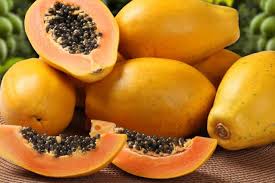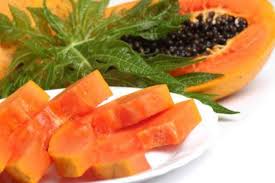





Papaya is considered to be a tropical fruit that is abundantly found in Australia. The production of this fruit mainly occurs in the North of Australia and in some other regions in the Northern Territory.
Red and yellow papayas are predominantly available in the northern Australian states. Some of the major producing areas are Mareeba and Tully, located in Queensland.
These vegetables contain high levels of antioxidants vitamin A, vitamin C, and vitamin E. Diets high in antioxidants may reduce the risk of heart disease. The antioxidants prevent the oxidation of cholesterol. When cholesterol oxidizes, it’s more likely to create blockages that lead to heart disease.
These vegetables have folic acid, which is essential for converting the amino acid homocysteine into less harmful amino acids. High levels of homocysteine, an amino acid primarily found in meat products, are a risk factor for heart disease. So eating this vegetable in the daily diet diet may lower homocysteine levels, reducing this risk factor.
There are two main categories of these vegetables that are found in Australia. There are:
Australia is predominantly a net importer of fresh red and yellow papaya. This country typically imports around 20-300 tonnes of this fruit per year. As of June 2019, Australia has managed to import 40 tonnes.
Article by: Hari Yellina (Orchard Tech)